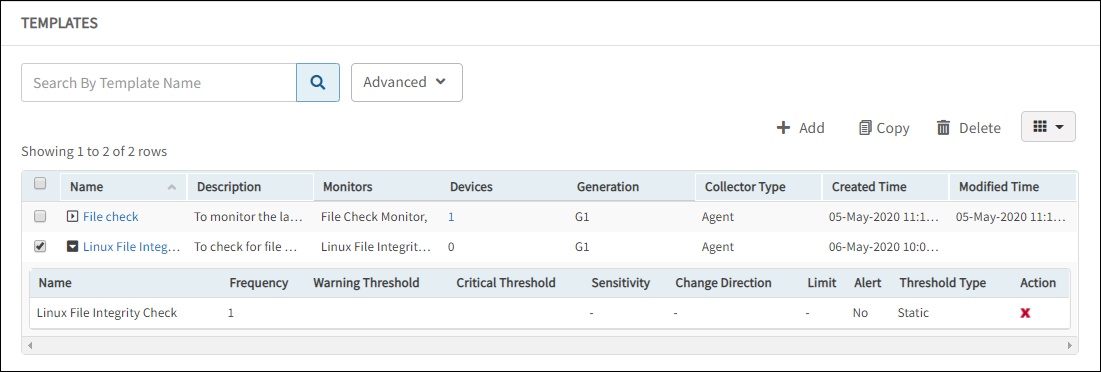
If the specified directory contains subdirectories, the monitor process recursively examines them for new files, as long as those directories can be read. You can also specify a mounted or shared directory, including network file systems, as long as the forwarder can read from the directory. The forwarder monitors and indexes the file or directory as new data appears.

Splunk uses memory for each file monitored, even if the file is ignored. Using the method of specifying the path, you can monitor live application logs such as those coming from Web access logs, Java 2 Platform Enterprise Edition (J2EE), or. When you specify a path to a file or directory, the monitor processor consumes any new data written to that file or directory. If you use Splunk Web on a heavy forwarder to configure file monitor inputs, you can use the Set Sourcetype page to see how the Splunk platform indexes file. You can add MonitorNoHandle inputs using either the CLI or the nf file.

On a heavy forwarder: See Monitor files and directories with Splunk Web.You can add monitor or upload inputs using these methods:
File monitor linux windows#
The MonitorNoHandle input works only on Windows machines. On machines that run Windows Vista or Windows Server 2008 and higher, you can use the MonitorNoHandle input to monitor files that Windows rotates automatically.
File monitor linux archive#
However, you might want to use the upload input to monitor a file such as an archive of historical data, only one time. You can use the monitor input to add nearly all your data sources from files and directories. You can also use a universal or heavy forwarder, as you would with Splunk Cloud Platform. If you have Splunk Enterprise, you can monitor files using the CLI, Splunk Web, or the nf configuration file directly on your Splunk Enterprise instance. You can upload a single file at a time to Splunk Cloud Platform using Splunk Web. While you must use a forwarder for monitor and MonitorNoHandle input processors, you do not need to use a forwarder to upload a single file.

You perform the data collection on the forwarder and then send the data to the Splunk Cloud Platform instance.įorwarders have three file input processors: To monitor files and directories in Splunk Cloud Platform, you must use a universal or a heavy forwarder in nearly all cases.


 0 kommentar(er)
0 kommentar(er)
